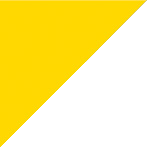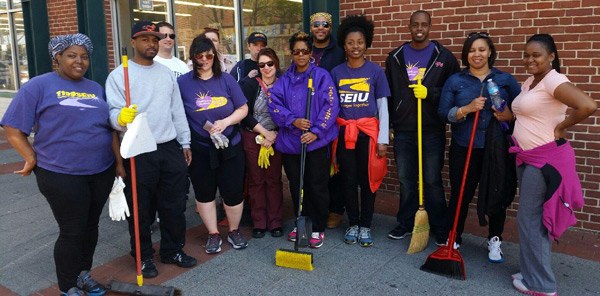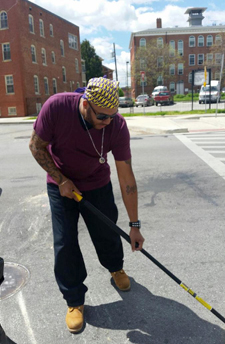Gloves On, Shovels Out: 1199ers Clean Up After Fiery Baltimore Riots
January 1, 1970“This is my city.”The morning after intense demonstrations and riots tore through Baltimore City—leaving behind shattered glass, torched cars and buildings, and a community reeling in shock—members and staff of 1199SEIU wearing purple shirts and work gloves convened at the union hall on North Eutaw Street to assist neighboring businesses victimized by the previous nights’ vandalism.Fueled by widespread anger and grief following the untimely death of Freddie Gray, a 25 year old black man who died on April 19 from injuries he sustained while in police custody, the April 27 riots ripped through the city on the day of Freddie Gray’s funeral, following a week of non-violent protests calling for transparency and answers from the Baltimore Police Department.Armed with brooms, shovels, and trash bags brought from their homes, the crew of 20 met in front of the union hall early in the morning to help the owner of Emmanuel’s Corner Store clean up the debris around his then-boarded up business. Manny, as the owner is affectionately known, was grateful for the help.But, as organizer Lisa Lucas-Alston stated, “I didn’t come out to clean up for thanks. I came out because this is my city.”Reports vary, but some say thousands of residents turned out to help with the clean-up efforts.“I ran into a few people I knew. There were a lot of people out there trying to clean up. There was one girl who saw that we were doing this on Facebook and drove up from Columbia, Maryland to help us,” said Yahnae Barner, who currently organizes homecare workers in the District of Columbia.In the course of two hours, the crew cleared the sidewalks and grassy areas around the union hall, and did extensive cleanup of a nearby park. From there, the group traveled northwest to the corner of North and Pennsylvania Avenues, where much of the night’s destruction took place, including the looting and ultimate arson of a CVS pharmacy.“When we showed up, we got a great reception from the community and the people who were already there,” said Vice President Antoinette Turner. “People were clapping and cheering. There were so many people cleaning up, and it was organized: there was a supply station where we could pick up more shovels and dustpans.” However, the day wasn’t without tension; the work came to a halt in the afternoon when police began dispersing the crowds. “A man came over—I think he was from a Catholic church in the area—and he told us that a ruckus was starting again,” said Turner. “Then the police asked people to leave and started spraying tear gas at the corners. That’s when we decided to leave.”United we stand While coalitions of worship centers and social justice organizations have begun to form around Baltimore to address the problems of systemic racism, police accountability, and criminal justice reform, it’s too early yet to predict how Freddie Gray’s death will ultimately shape the city and the lives of its most vulnerable residents.Thousands of people have taken to the streets. Protests have intensified. The eye of the nation is trained on the city, wondering whether this moment will become part of a greater movement. And one thing is clear: it’s no longer “business as usual.”“Right now, there’s a lot of people still out there standing around, taunting the police,” said Brian Alston, a floor tech and union delegate at Genesis Healthcare – Perring Parkway. “And it’s so easy for young people to be persuaded to be out there doing the wrong thing.”Alston continues, “And our politicians have to be accountable. I saw [Councilman] Brandon Scott out there today, and [State Delegate] Cory McCray. Our union has always worked to unite people and support elected officials that will listen to us. So when the people we vote for don’t support the community, we need to go back and put pressure on them.”- See more at: http://www.1199seiu.org/gloves_on_shovels_out_1199ers_clean_up_after_fiery_baltimore_riots#sthash.6mdx8oYx.dpuf



